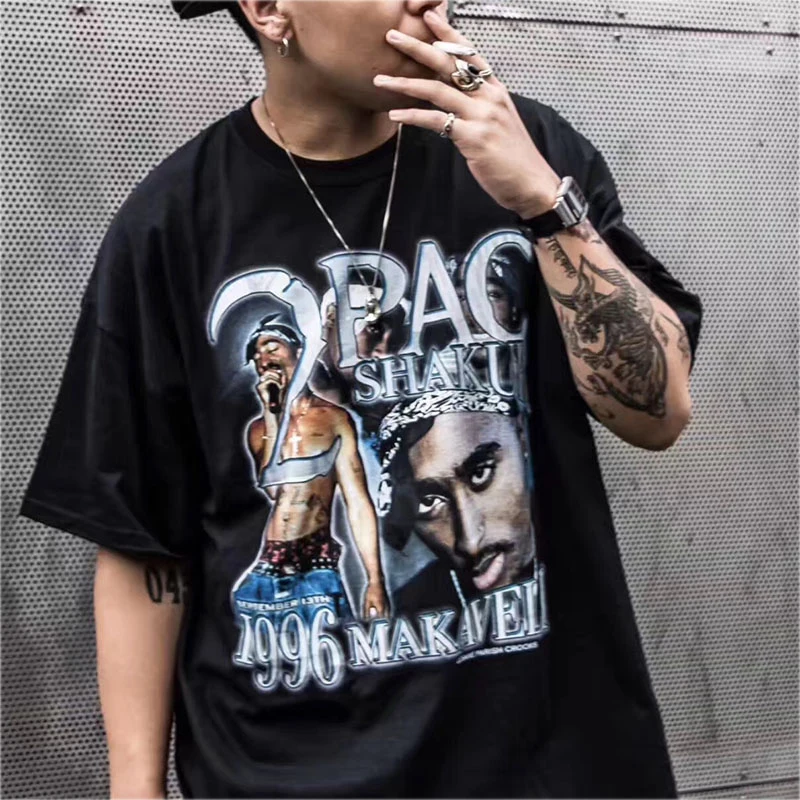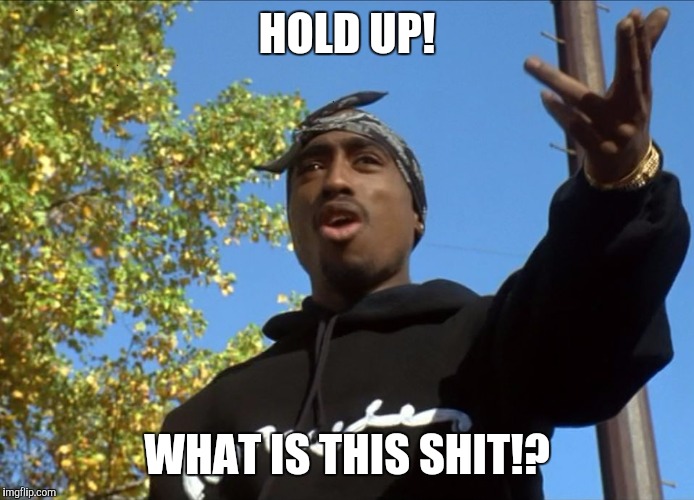
The cover became a near-instant point of contention and is still criticized for accelerating the conflict. West’ on the cover, adding that the situation was so tense that if anything happened to anyone in the Death Row or Bad Boy camps we would have ‘blood on our hands,’” Kenner wrote. “I made a point of stating that we must not use the phrase ‘East vs. West: Biggie and Puffy Break Their Silence”-could potentially do the exact opposite. A 2016 Complex piece by journalist, author, and former Vibe editor Rob Kenner chronicles how members of the editorial staff, including Kenner himself, feared the eventual cover line-“East vs. The cover story for Vibe’s September 1996 issue was an interview in which Biggie and Diddy (during his “Puff Daddy” era) expressed their desire to de-escalate the conflict. “Obviously you can’t help but look back and see how things unfolded, but you work with the cards in front of you and make decisions, and that was what everybody was talking about, so that was our responsibility to cover it,” he says. Light, a founding editor of Vibe who became its second editor-in-chief in 1994, says that the tension was very real-particularly between Death Row Records and Bad Boy Records-and had become the biggest story in hip-hop by 1996.

They had jobs to do, but this felt like more than work.Īlan Light remains frustrated by the notion that Vibe exacerbated the East-West conflict.

These moments have stayed with the people responsible for covering hip-hop at the time, even scarring them in some instances. However, operating at close proximity to back-to-back tragedies took its toll on the journalists who were doing the work. West” cover at the conflict’s peak) covered both tragedies with the nuance and sensitivity they demanded. And 2Pac and Biggie were the most high-profile names at the center of highly publicized bicoastal tension.Īs the primary outlets covering hip-hop and the culture around it, The Source (which featured Biggie on the cover of its latest issue at the time of his death) and Vibe (which published 2Pac’s infamous prison interview and the controversial “East vs. There was an intra-community culture war waging over its direction. There was more money flowing through the business, resulting in more pressure to succeed. Their deaths occurred amid rapid change within hip-hop. On March 9, 1997, the Notorious B.I.G., 2Pac’s friend turned foe, was shot and killed in Los Angeles two weeks before the release of his highly anticipated second album, Life After Death. But the lift became exceptionally heavy when tragedy tore through the hip-hop community as its two biggest stars were killed six months apart.ĢPac, who had become one of the most polarizing figures in popular culture, died on September 13, 1996, six days after he was shot in Las Vegas. “We love this shit.” They had to they couldn’t have done the job effectively, otherwise. “Hell yes, we’re close to it,” journalist and author Danyel Smith wrote in 1999’s The Vibe History of Hip-Hop. And while many of the more “established” outlets still operated at too great a cultural distance to cover hip-hop carefully or thoroughly-see: Newsweek’s Snoop Dogg cover in 1993-those doing it from the inside were accused of being “too close” to it.


This was advocacy journalism: The care they poured into their work provided much-needed context and helped shape how hip-hop was covered as it began to attract more mainstream attention. By the 1990s, when hip-hop was still viewed by the outside world as both a fad and a menace, a generation of writers who grew up immersed in its culture took up the task of covering it from a place of love. Cultural advocacy typically demands that advocates live the work.


 0 kommentar(er)
0 kommentar(er)
